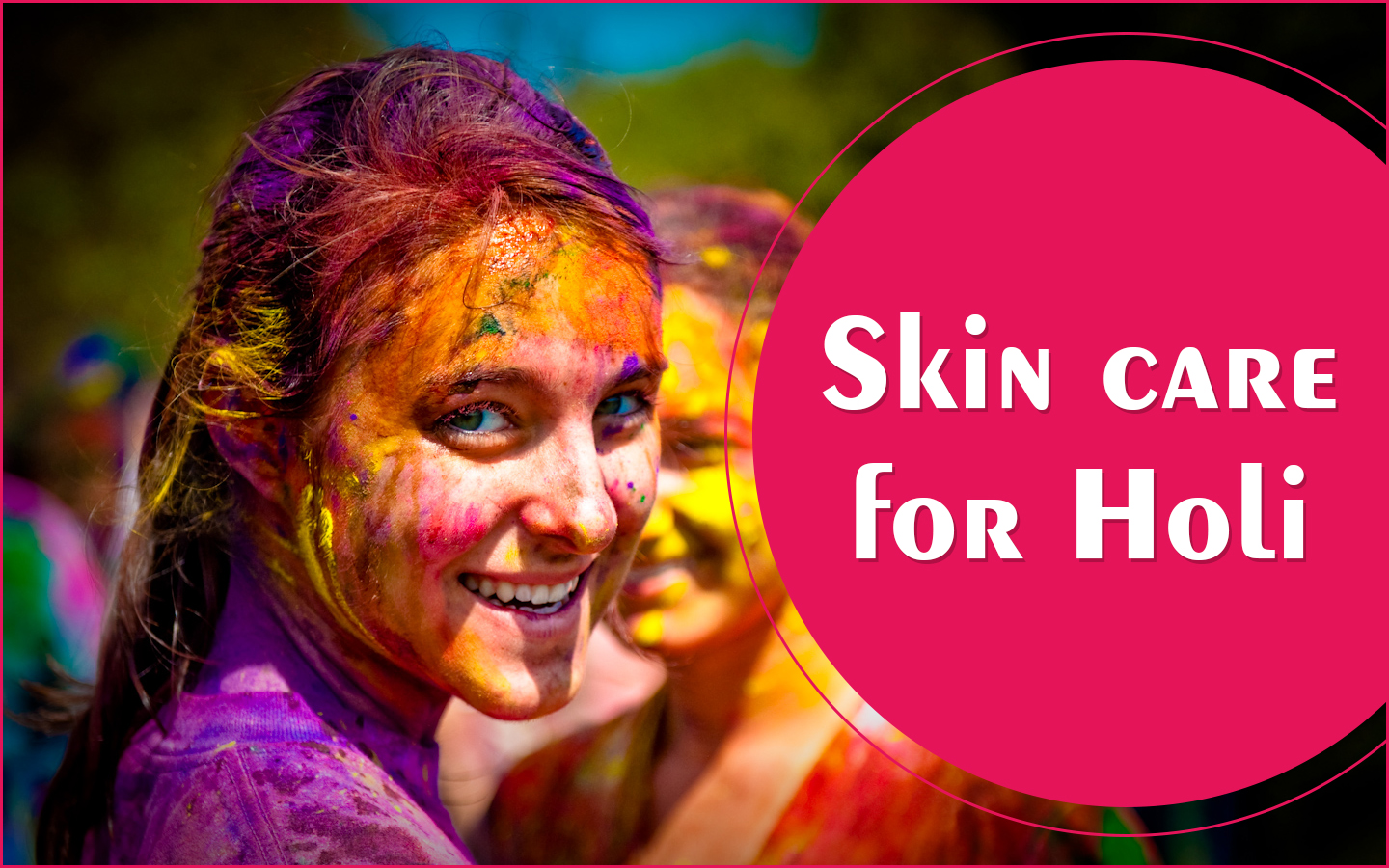As a kid my favourite festival was holi. I loved the idea of going from door to door with a
group of kids with buckets of colour and packets of gulal. We would bang the doors
until the aunties and uncles came out in their “holi” clothes. They would willingly allow
us to apply some gulal and abeer on their faces and the kids would be happy to get
drenched in colour.
We would also get fed with some goodies. Their kids would then
join us and slowly the gang of four or five would become a gang of 20 to 30 in the age
groups 7 to 20. We were allowed to leave home as early as 7am. But there was one
rule, before leaving the house, mom would soak our skin in coconut oil. We would play
for hours past noon and be home only by 2pm. Mom would keep warm water, oil and
besan ready for us. She would scrub our skin with oil and besan and get rid of the
colour. We would then have a warm water bath.
This makes a lot of sense to me now. Oiling before colour was protecting our skin from
chemicals by forming a thin barrier layer. Besan and oil were removing colour without
drying our skin. Warm water was killing all the germs.
Over the years, the festival got a little nasty with harsh chemicals being used for colour.
My skin would feel dry and itchy after palying holi. The colour wouldn’t come off for days
unless I used some petrochemical kinda stuff to get rid of it. And so I stopped playing
holi.
These harsh chemicals in the colour can cause :
- Dry skin
- Dry hair
- Brittle nails
- Rash hives
- Irritant contact dermatitis
- Allergic contact dermatitis in case of atopics
- Flare up of acne,dandruff,atopic, psoriasis
What are these chemical colours made of ?
The black paste has lead oxide, Green has copper sulphate, and red has mercury
sulphate. The shimmering given to these colors is by mica and powdered glass, which
are meant for industrial use.all these can cause skin irritation. There can be itching, a
red rash and irritation on the area of contact.
Fortunately we have organic colours now.
It is wiser to opt for organic colours or non toxic colours if you really want to enjoy this
beautiful festival of colours.
Organic colours are made out of fruits, vegetables and herb extracts. Saffron, Henna,
Black grapes, red sandalwood powder, marigold, beetroot, turmeric, yellow
chrysanthemums, blue gulmohar, blue hibiscus are commonly used to make organic
colours. No chemicals are added. Organic colours are non toxic too. They usually do
not cause skin allergies or irritant reactions or rashes. They can be removed easily and
are free from heavy metals such as lead,mica, mercury etc.
Non toxic colours are made of cosmetic grade ingredients. They can be easily removed
as they are water soluble. They are biodegradable. Hence much safer than chemical
colours and do not cause allergies easily.
However, those with scaly or sensitive skin need to stay cautious.
Skin care before playing Holi :
- Use natural/skin friendly and herbal colours or the ones made by reputed companies
using natural products. (organic and non toxic) - Wear clothes that cover the maximum part of your body.
- Apply a barrier cream (white soft, yellow soft, paraffin) prior to playing Holi to all
exposed parts act as a barrier against the harmful effects of colour. - Follow it up with sunscreen, preferably waterproof. For the hair, use oils or gel to
counter - Since Holi colours cause skin dryness, coconut oil should be applied under nails and
soles, elbows and other dry areas of the body. - Use oil on your hair too. People with long hair can tie their hair into a bun or ponytail.
- This will prevent the colour from harming the roots of the hair and will also ensure that
the colour from the hair washes off easily. - Apply dark color nail paint to your nails so that the nails do not get colored. Later
remove the nail paint.
Skin care after playing Holi :
- Make sure you rinse your face with clean water as soon as colour is applied on your
face. Its better to get soaked in buckets of water being splashed at you than allowing
the colour to stay on your skin for long. - Do not rub the skin vigorously with soaps, etc. to wipe the face of gulal but instead,
opt for a cleanser To clean use warm water and moisturising soap to scrub off the
colours. Using a cream cleanser or baby oil, gently massage off the left over colour.
Other good colour removers are vinegar, mustard oil, curd, soapnut (reetha) extract. - Follow this up with lots of moisturiser.
- Use plenty of conditioner after shampooing.
- For irritated skin or minor rashes, apply a mixture of calamine lotion with a few drops
of mometasone lotion (examaple: Elocon lotion). Apply an ice pack on the irritated skin.
If the condition persists, go to a dermatologist. - If you have acne, wash your face clean with Cetaphil cleanser and apply an antibiotic
gel like clindamycin. - In case of any rash or allergy, treatment would include taking a non-sedative, anti-
allergic tablet, like Cetrizine.Play a safe and happy Holi.

